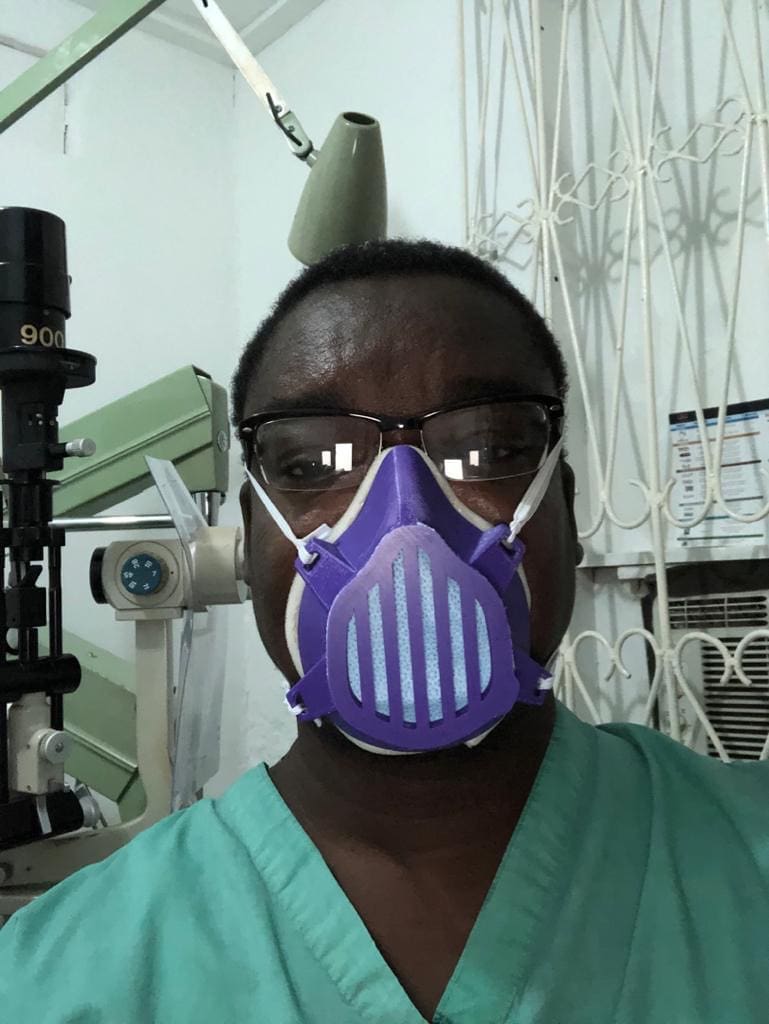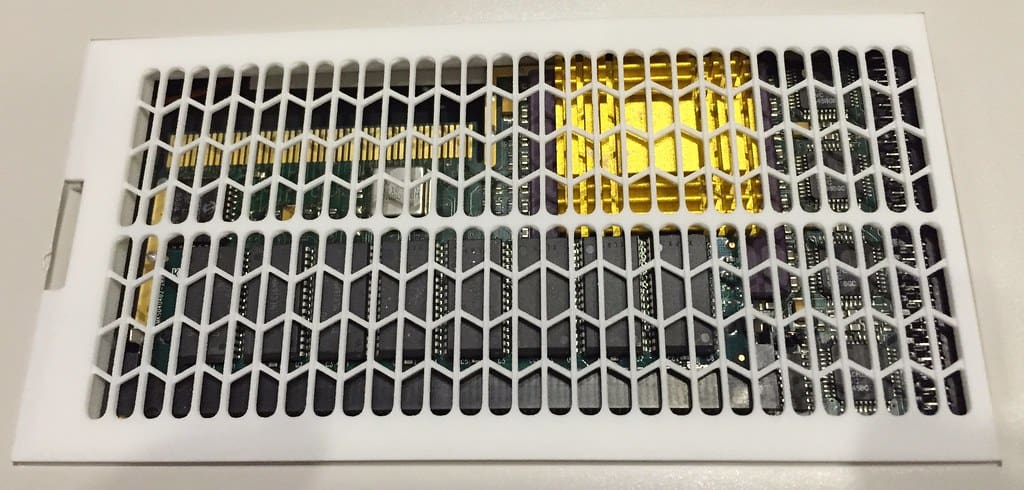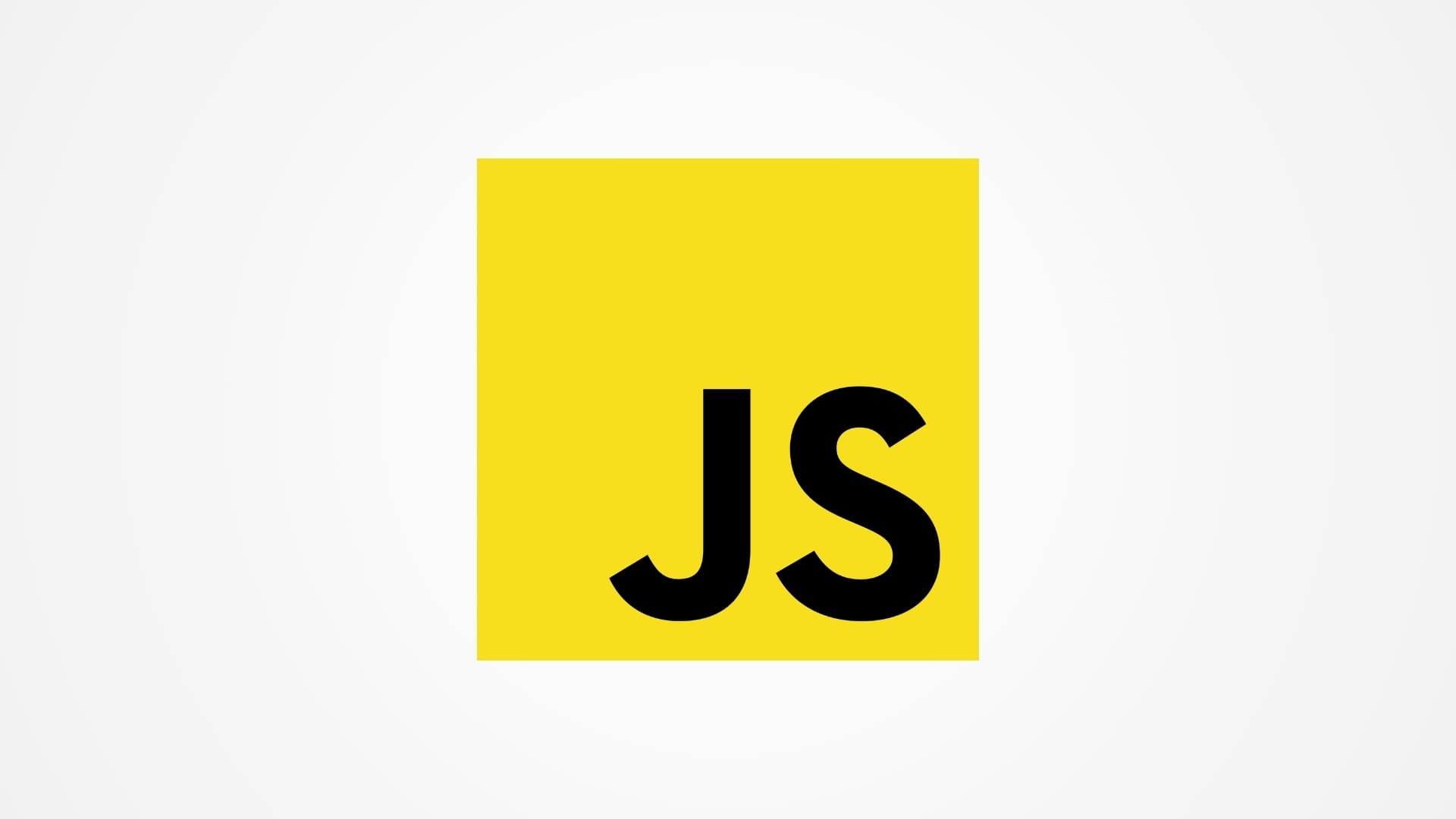Safety engineering is a critical discipline that involves designing systems, environments, and equipment to ensure they are safe for users and comply with regulatory standards. With the advent of 3D printing technology, safety engineering has seen significant advancements, particularly in the ability to create custom safety devices, protective gear, and simulation models for testing and analysis. This technology offers a new dimension of precision and adaptability in developing solutions that meet specific safety requirements across various industries.
The Emergence of 3D Printing in Safety Engineering
Originally utilized for prototyping, 3D printing has expanded its application to include the production of final products, especially in fields requiring highly customized safety solutions. Industries such as automotive, aerospace, construction, and healthcare benefit from 3D printing’s ability to rapidly produce items that meet strict safety specifications and fit unique spatial or user requirements.

Advantages of 3D Printing in Safety Engineering
Customization and Personalization: 3D printing allows for the creation of safety components tailored to specific applications or individual users, enhancing the effectiveness of safety measures and devices.
Rapid Development and Deployment: The technology enables quick iteration and testing of safety designs, significantly reducing the development cycle and allowing for faster implementation of safety solutions.
Complex Geometry Production: 3D printing can produce complex geometries that are often required in safety engineering, such as ergonomic designs in personal protective equipment or intricate components in safety mechanisms that are difficult to manufacture using traditional methods.
Cost Efficiency: By minimizing material waste and eliminating the need for extensive tooling, 3D printing reduces the cost of developing and producing safety equipment, making it more accessible for smaller companies and specialized applications.
Key Applications of 3D Printing in Safety Engineering
Personal Protective Equipment (PPE): Helmets, respirators, and protective guards can be 3D printed to match the precise measurements of an individual, providing better protection and comfort. This is particularly important in industries where standard sizes do not suffice.
Fire and Rescue Equipment: Components for fire-resistant clothing, custom tools for firefighting and rescue operations, and fixtures for emergency vehicles can be manufactured quickly and tailored to the unique demands of emergency services.
Automotive Safety Components: In the automotive industry, 3D printing is used to produce parts such as airbag housings and specialized fixtures designed to enhance vehicle safety. These components can be optimized for specific crash test results and manufacturing efficiency.
Safety Barriers and Signage: Customized safety barriers, signage, and floor markings can be 3D printed to suit specific environmental needs, helping to prevent accidents in workplaces or public areas.
Testing and Simulation Models: 3D printing facilitates the creation of complex models used for safety testing and simulation, allowing engineers to analyze potential hazards and the effectiveness of safety designs before full-scale production.

Challenges in 3D Printing for Safety Engineering
Material Strength and Durability: Ensuring that 3D printed materials meet the required strength, durability, and heat resistance specifications for safety applications remains a challenge. These materials must also pass rigorous testing to comply with safety standards.
Regulatory Compliance: Navigating the regulatory landscape for safety engineering products can be complex, as these items must meet specific certification standards before they can be deployed.
Scale of Production: While 3D printing is ideal for prototyping and small-scale production, scaling up to larger quantities can be less cost-effective and more time-consuming compared to traditional manufacturing methods.
Technological Limitations: The current limitations of 3D printing technology, including printing speed, material variety, and size constraints, can restrict its application in certain areas of safety engineering.
Future Directions in 3D Printing for Safety Engineering
The future of 3D printing in safety engineering looks promising, with ongoing advancements expected to address existing challenges and expand its capabilities. Innovations in materials science are likely to produce new filaments and resins that meet the high standards required for safety applications. Additionally, improvements in printing technology will enable faster production times, greater material options, and larger scale operations.
3D printing is poised to continue its transformative impact on safety engineering, providing tailored, efficient, and innovative solutions that enhance protective measures across various sectors. As the technology evolves, it promises to unlock further potential in the design and implementation of safety systems, ultimately leading to safer work environments and products. With continued advancements, 3D printing will increasingly become a cornerstone technology in safety engineering, reshaping the way safety solutions are developed and implemented.








